
All categories
Featured selections
Trade Assurance
Buyer Central
Help Center
Get the app
Become a supplier

(1092 products available)














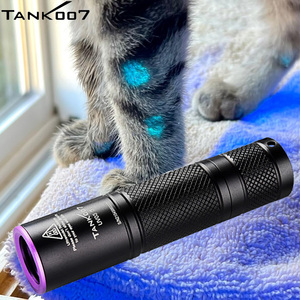
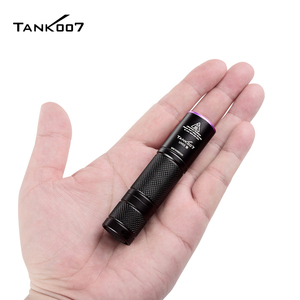
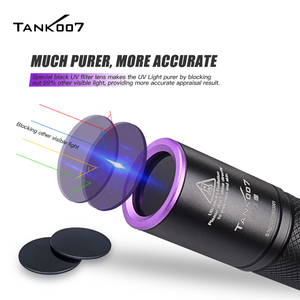
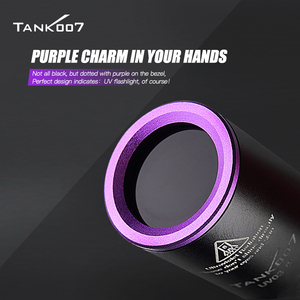
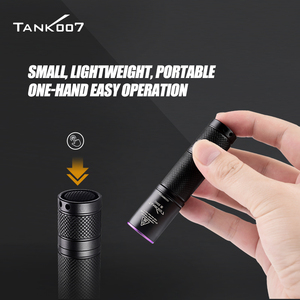
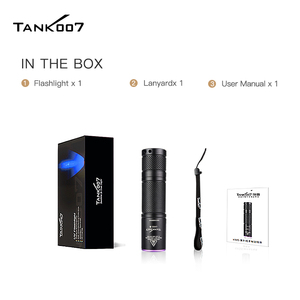


























Narrow band UVB lamps come in various configurations and purposes. These types include portable, fixed installations, and handheld models. Each serves a purpose based on treatment requirements and spacing. Knowing the different types helps retailers and customers identify good stocking decisions and procurement strategies.
The fluorescent narrow-band UVB lamp is the most common type. It has a wavelength peak around 310-312 nanometers. Dermatology clinics and hospitals primarily use it for phototherapy. It is because it treats skin conditions like psoriasis, eczema, and vitiligo. These lamps serve as effective tools for broad phototherapy, providing patients with uniform UVB exposure.
As the name suggests, the compact fluorescent UVB lamp is a fluorescent lamp variant. It is a compact fluorescent bulb that emits narrow-band UVB rays. So, it provides the narrow band UVB required for phototherapy. It is often used in clinics or home settings for its small size and easy integration into existing fixtures.
Many healthcare facilities’ air purification systems incorporate UVB lamps. This integration uses narrow-band UVB to eliminate pathogens like bacteria and viruses. The light sterilization process improves air quality. At the same time, it reduces the risk of airborne infections without the harmful chemicals in other disinfectants.
Handheld narrow band UVB lamps are portable UV therapy devices. They allow dermatologists and healthcare providers to administer targeted treatment. They are particularly useful for treating localized skin conditions. Some examples of such conditions are patches of psoriasis or vitiligo. The portability of this device is excellent for patients who require home treatment, too.
Restrictions also apply to nail salons where gel and dip manicures occur. Nanoband UVB lamps, used to cure UV gels for manicures, are popular in nail salons. The salons must have customers wear skin protection when getting UV nail services. This practice is important to minimize any potential skin damage.
Retailers can target salons specifically. Doing so ensures they buy UVB lamps in bulk. It helps salons keep the popular gel nail services running smoothly and safely.
The durability of UVB phototherapy lamps is highly dependent on their design and materials. An understanding of this helps in making the right purchasing decisions. The most important consideration is the extensive use of these lamps in clinical settings and their environmental requirements.
The fluorescent and compact fluorescent UVB lamps use glass tubes as their main housing material. The tubes themselves are fragile and not as impact-resistant as other materials. However, the UVB bulb’s inner phosphor coating is incredibly durable. With proper care and maintenance, it is capable of long-term phototherapy.
Healthcare facilities require a durable and reliable HVAC UVB lamp to maintain hygiene and air quality. Most HVAC systems use narrow-band UVB lamps that are resilient and long-lasting. These lamps are enclosed in protective casings. A good example of such a casing is quartz sleeves. These sleeves are made of durable glass or quartz. These materials protect them from dust, moisture, and HVAC system vibrations.
Manufacturers build the casing of handheld narrow-band UVB lamps from durable plastics. Sometimes, there are also metallic materials for the handheld device. This design allows for portability and, at the same time, protects the lamp from impacts. As a result, they are suitable for mobile dermatological treatments. With proper care, the handheld UVB lamps have proven to be reliable for many years.
Nail salons offer dip manicures using UV lamps for nails. The manufacturers make these lamps from plastic and metallic materials. These materials are lightweight and easy to handle. However, this lightweight design can make them more prone to break. Proper handles and sturdy designs are helpful in preventing accidents and ensuring that the lamp remains safe for long-term use.
Buyers should consider various factors for a successful narrow-band UVB lamp purchase. These factors include the lamp type, manufacturer reviews, warranty, and customer service. Fortunately, focusing on these factors helps healthcare professionals select UVB lamps for their clinics and centers. It also helps nail salon owners stock UVB nail lamps.
Retailers in urban areas may focus on getting HVAV UVB systems stocked up, for instance. Urban hospitals and dermatology clinics frequently use these HVAC systems. The HVAC UVB lamp is a vital component for large-scale operations.
On the other hand, rural healthcare facilities like small clinics probably use handheld or fluorescent UVB lamps. They often need portable and easy-to-install solutions, after all. Knowing the local market needs will help the retailers meet their customers’ demands.
Narrow band UVB treatment methods require strict adherence to safety and efficacy standards. Retailers must ensure that the UVB lamps comply with all relevant medical device regulations. These regulations often include approval from the Food and Drug Administration and the European Health Institute.
UVB lamps, especially those used for nail salons, are more popular in regions with high nail services. Retailers can invest in UVB products in areas known to have popular nail salons. They can collaborate with local distributors who already supply beauty equipment to nearby nail salons, too.
Moreover, retailers should consider the logistics of shipping larger UVB lamps, too. Large lamps mean increased shipping costs and longer delivery times. That said, an efficient supply chain is vital for ensuring timely restocking. The good news is that many lamps exist in portable models, which are easier to transport.
Buyers must cater to diverse customers by customizing their product offerings. Retailers targeting medical institutions will focus on fluorescent and handheld narrow-band UVB lamps. Large hospitals will need portable lamps that offer high treatment efficiency.
Conversely, rural dermatology clinics may need portable handheld narrowband UVB lamps. After all, they are more manageable for localized treatments. For nail salons, retailers should prioritize compact fluorescent UVB lamps. They are simple to integrate with existing nail tools.
Shipping is a crucial factor to consider when making large purchases. It is especially true when shipping to international destinations, as various regulations affect things like the availability of UVB lamps. Knowledgeable UVB lamp users should understand these factors to avoid them getting delayed in customs.
Narrow-band UVB lamps are classified as medical devices in most countries. This classification means they are subject to strict customs and import regulations. Each country has different rules when it comes reporting and documenting medical equipment.
Therefore, retailers must familiarize themselves with these customs regulations before placing their orders. They need to procure the required documents during the clearance process. They also have to make sure they work with reliable shipping providers specializing in medical equipment.
The good news is that certain narrow-band UVB lamps are portable. It means they are easier to ship. Unfortunately, many narrow-band lamps are relatively large and take a long time to ship. This situation can lead to high shipping costs and extended delivery times.
So, buyers should consider the shipping costs of narrow-band UVB lamps. It will help them make informed profitability decisions. They should also pay attention to the expected delivery times. Delays may lead to stockouts, negatively affecting the buyers and their customers.
Retailers should work with suppliers who have a proven track record of delivering UVB lamps to various international destinations. The suppliers have to demonstrate prompt order processing and reliable delivery schedules.
It is important for the supplying relationship to be as transparent as possible. After all, it is vital for both parties to have open communication regarding shipping delays and customs issues.
A1. Yes, they are eligible for international shipping. However, their customs regulations and import restrictions differ from country to country.
A2. Retailers should work with shipping providers that have experience handling medical devices. They have to focus on managing the shipping costs and delivery times well.
A3. The shipping method has a direct impact on the shipping costs and delivery times. Thus, it affects the retailer’s ability to maintain a UVB lamp inventory, after all.
A4. No, users must take safety precautions. These precautions include eye protection and limiting skin exposure. Following these precautions ensures the safe and effective use of UVB lamps.
A5. No, they have no limited shelf lives. They can last for several years with proper care and maintenance. Regular cleaning and careful handling are essential for durable UVB lamps.